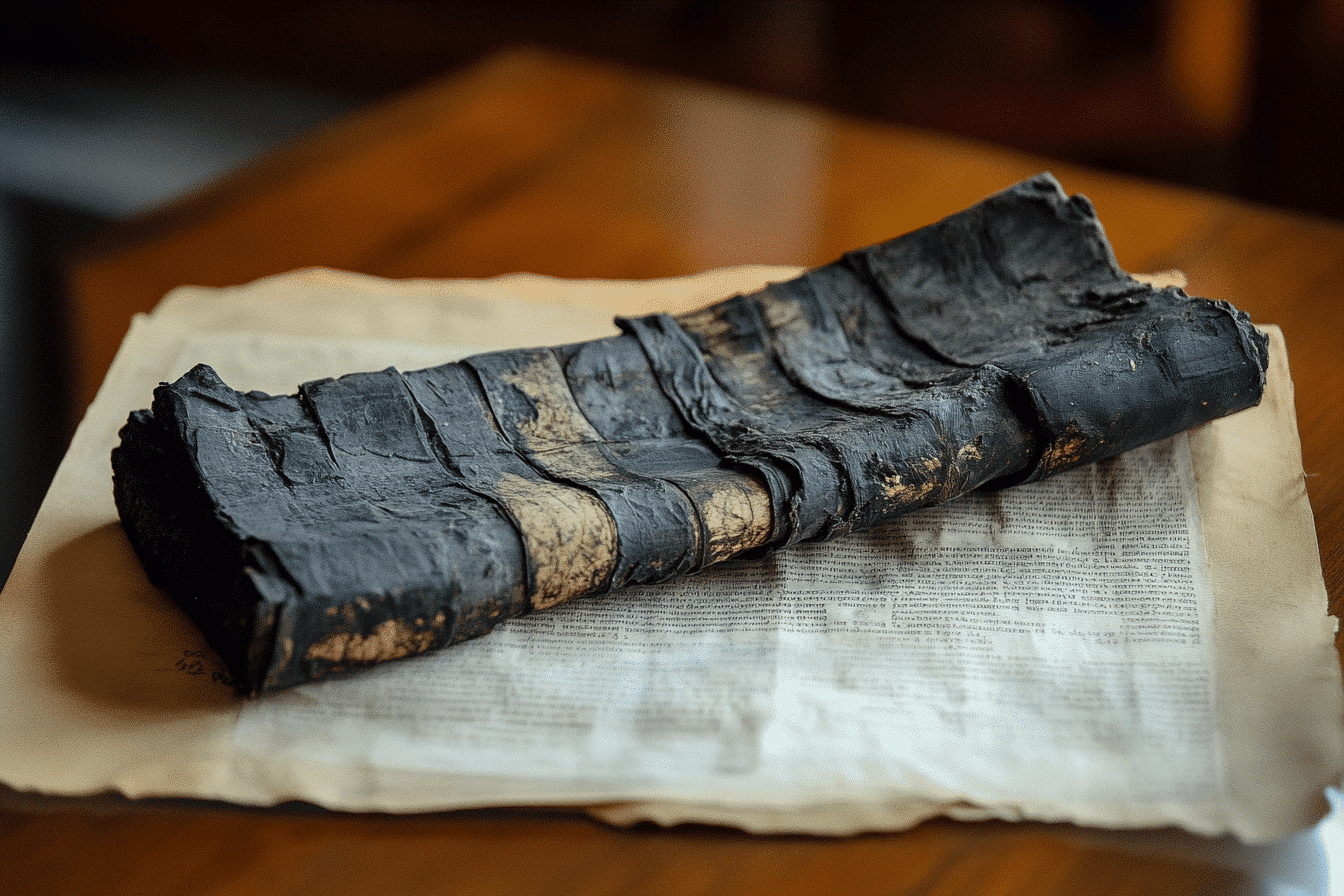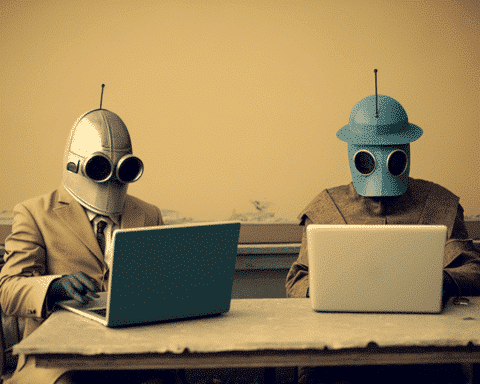The ancient city of Herculaneum, buried by the catastrophic eruption of Mount Vesuvius in 79 AD, held secrets for centuries. Among these were nearly 1,800 papyrus scrolls, once thought to be illegible carbonized remnants. Now, with the aid of cutting-edge AI technology, these charred artifacts are finally yielding their secrets. This groundbreaking effort to transform unreadable “chunks of charcoal” into rediscovered ancient texts marks a significant advancement in archaeological science.
A Historical Treasure Trove Resurfaces
The Herculaneum scrolls were discovered in the mid-18th century in the Villa of the Papyri, a luxurious residence owned by Julius Caesar’s father-in-law, Lucius Calpurnius Piso Caesoninus. Situated near Pompeii, the villa was a refuge for Rome’s elite and home to the only known library of its kind from the classical world. Despite being preserved by volcanic ash, the scrolls were unreadable for centuries. However, advances in technology and the curiosity of experts like computer scientist Brent Seales have paved the way for the possibility of reading these ancient texts.
Brent Seales and the Quest to Decipher
Brent Seales, a professor at the University of Kentucky, has been captivated by the idea of “a damaged book you can’t even open” since the early 2000s. His fascination led him to develop methods for “virtually unwrapping” scrolls, allowing their surfaces to be examined and deciphered without physically unrolling them. Although early attempts were hindered by technological limitations, advancements in cloud computing and AI have now made it possible to process the vast amounts of data required for such a task. Seales emphasized the transformative nature of this technology: “Now we have all of this cloud computing, and you can throw things in a system that has massive amounts of memory.”
The Vesuvius Challenge: A Technological Leap Forward
The breakthrough came with the Vesuvius Challenge, an initiative funded by former GitHub CEO Nat Friedman and other investors to accelerate the decoding process. Using AI, participants were able to create models that could distinguish the ink from the carbonized papyri. “I was amazed by how AI managed, without unrolling and therefore risking destroying the charred scrolls, to recognize letters, then words, until entire sentences are reconstructed,” said Domenico Camardo, an archaeologist with the Herculaneum Conservation Project. This innovative use of technology not only preserved the scrolls but also made the ancient texts legible.
Revealing the Hidden Texts
By combining AI and tomography, researchers made substantial progress. A significant breakthrough occurred when Luke Farritor, a computer science student, and his team identified the Greek word “porphyras” (purple) within the scrolls. Their work, involving machine-learning algorithms to detect the ink’s subtle differences, earned them significant recognition and funding. The translated texts provided insights into ancient philosophies and discussions on sensory experiences, revealing a previously unknown work on the senses and pleasure.
Expanding the Horizon: Future Applications
The success of the Vesuvius Challenge has set the stage for more discoveries. In 2024, a new phase of the challenge aims to decipher at least 90% of the remaining scrolls. Seales is optimistic about the future, noting, “Every little bit we learn has the potential to move the needle.” The methods developed for the Herculaneum scrolls could also be applied to other ancient texts, potentially uncovering further historical treasures. Youssef Nader, a key contributor to the project, shared his enthusiasm: “Through the Herculaneum models, they have learned something about papyrus and ink, and they work sometimes for Egyptian scrolls.”
The Promise of AI in Archaeology
The application of AI in archaeology is revolutionizing the field, transforming how ancient texts are studied and understood. From the Herculaneum scrolls to potential new findings in Egypt and beyond, the marriage of technology and historical inquiry offers boundless opportunities. As Brent Seales aptly put it, “It’s interesting to see AI play a role at the interface between humanities and these new techniques.” This fusion of ancient knowledge and modern technology ensures that humanity continues to unearth and preserve its rich cultural heritage, one scroll at a time.




